Event Report: Perimeter PREVENT – the Premier Perimeter Security Event
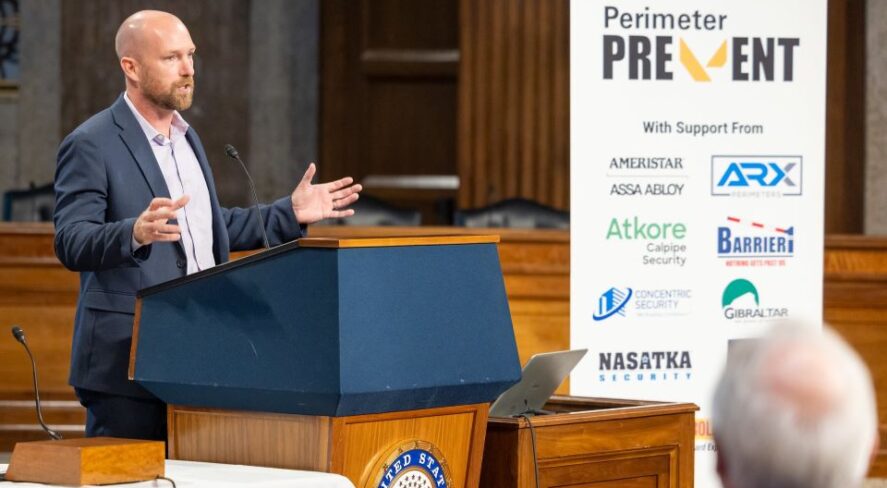
Highlights From SIA’s Gathering of Industry and Government to Address Critical Issues Related to Perimeter Defense for Physical Environments
On Nov. 1, 2023, the Security Industry Association (SIA) hosted Perimeter PREVENT, a free daylong symposium examining critical issues related to perimeter defense for physical environments, including government and commercial facilities, critical infrastructure, events and more. This premier event – held at the Dirksen Senate Office Building on Capitol Hill in Washington, D.C. – gathered policymakers, federal agency personnel, architects, engineers and security solution providers for a day of educational presentations, networking opportunities and open forum to present questions and ideas.
Perimeter PREVENT 2023 was produced by SIA with support from our generous sponsors: 1-800-BOLLARDS, Ameristar Perimeter Security, ARX Perimeters, Atkore, Barrier1 Systems, Calspan, Concentric Security, Gibraltar, Nasatka Security and Total Automation Group.
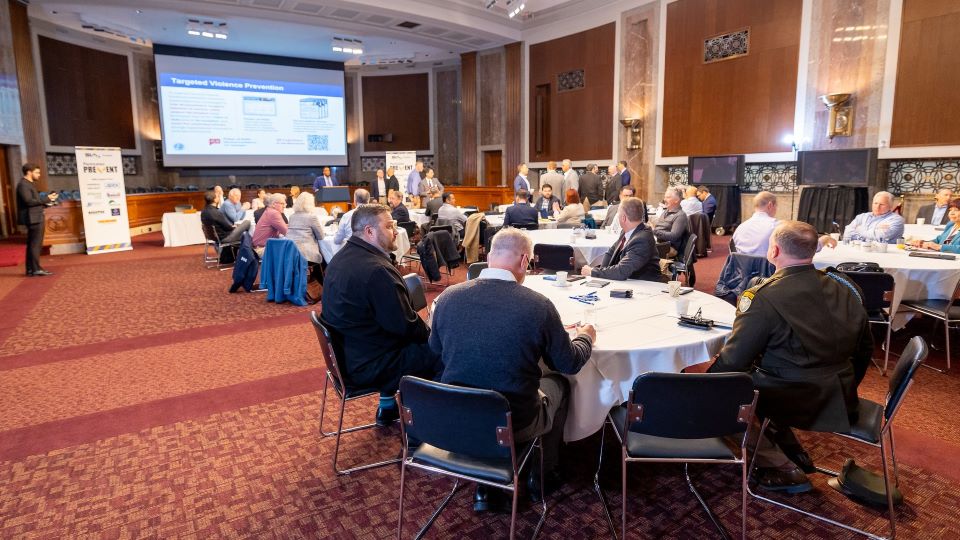
Here are some key takeaways and discussion highlights from the event.
The day began with a session on the vehicle ramming mitigation initiatives conducted through the Cybersecurity and Infrastructure Security Agency (CISA) – under the U.S. Department of Homeland Security (DHS) – featuring CISA’s Daniel Avondoglio, portfolio manager of active assailant security; Daniel Genua, critical infrastructure resilience specialist; Laurie Goodell, program specialist, Infrastructure Security Division; and Curt Tilley, branch chief, DHS Office for Bombing Prevention. The panel of CISA experts discussed the agency’s focus on targeted violence prevention initiatives, including:
- Vehicle Ramming Self-Assessment Tool: This tool, designed for nonexperts, provides evaluation criteria and identifies mitigation approaches to enhance security.
- Protective Security Advisor Program: This program, which is available locally nationwide, is available for assistance with conducting security threat assessment surveys and accessing suggested guidance.
- Office of Bombing Prevention Resources: This office – whose motto is “See Something, Say Something,” emphasizing the proactive reporting of potential threats to ensure collective safety – provides a free comprehensive resource matrix, as well as DHS’ Fusion Centers, which offer information sharing and analysis.
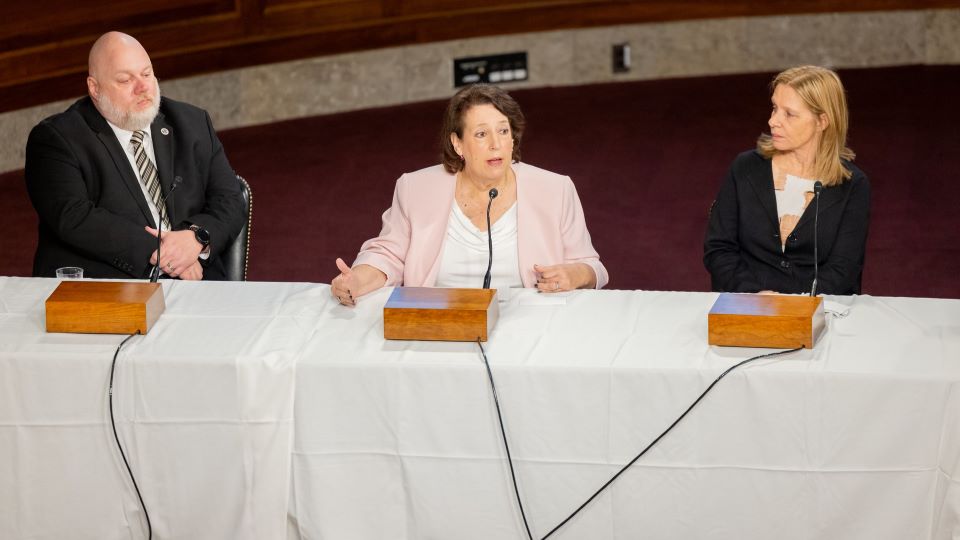
“CISA personnel [also] delivered updates on the use of…threat and risk assessment requirements to protect against attacks using bombs, incendiary devices and hostile vehicles…[and] covered protection for houses of worship, the importance of human interactions as a preventive security measure and the availability of no-cost security planning and an assessment available through CISA experts,” said Rob Reiter, principal at Reiter and Reiter Consulting and chair of SIA’s Perimeter Security Subcommittee.
Next, attendees heard from Ben Metzger, business development manager at Calspan, and Joe Okes, emergency preparedness coordinator, Office of Security Services, at the U.S. Securities and Exchange Commission, in a discussion on temporary barriers and protecting public spaces. Metzger and Okes highlighted outdated barriers and standards, emphasizing the lack of testing with modern vehicles and stressing that staying current is vital for both government and commercial sectors to ensure perimeter safety. Critical infrastructure and SIA members adapt to rapidly changing challenges, and the session highlighted a pressing need to empower risk managers and assessors to take a proactive role in these efforts, encouraging a more dynamic and responsive approach to security standards.
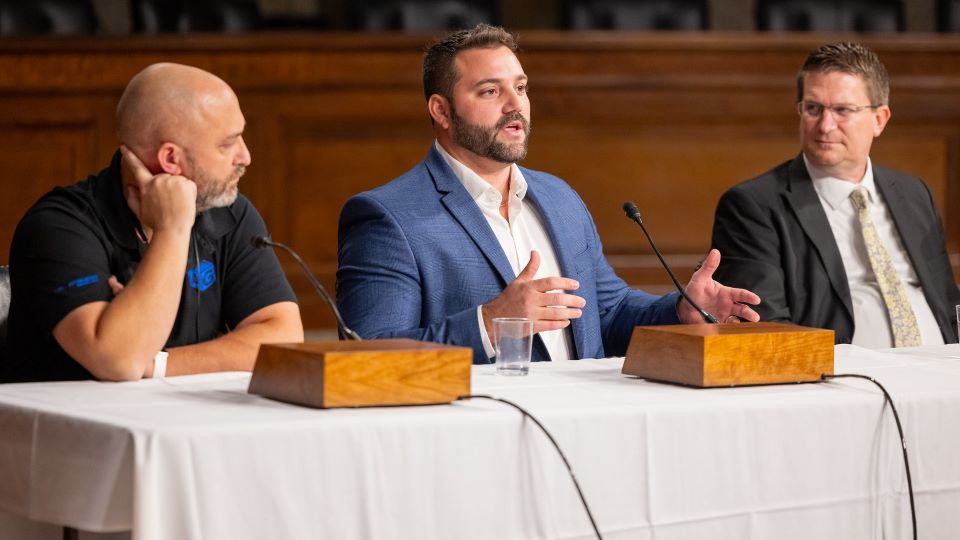
“The SIA Perimeter Security Subcommittee is currently working on a guideline for deployment and best uses for these sorts of barriers [to] be released next year,” said Reiter.
During lunch, Aquilla Ossian, program analyst at DHS, provided an update from the Office of SAFETY Act Implementation (OSAI). The SAFETY Act provides important legal and liability protections for sellers of qualified antiterrorism technologies – whether they are products or services. The goal of the act is to encourage the development and deployment of effective antiterrorism products and services by providing liability protections, which are applicable to a wide range of antiterrorism products, systems and services. Private-sector entities must apply for protections with DHS to determine if their offerings are qualified. Ossian encouraged companies to engage with OSAI prior to submitting full applications. More information about the program can be found here.
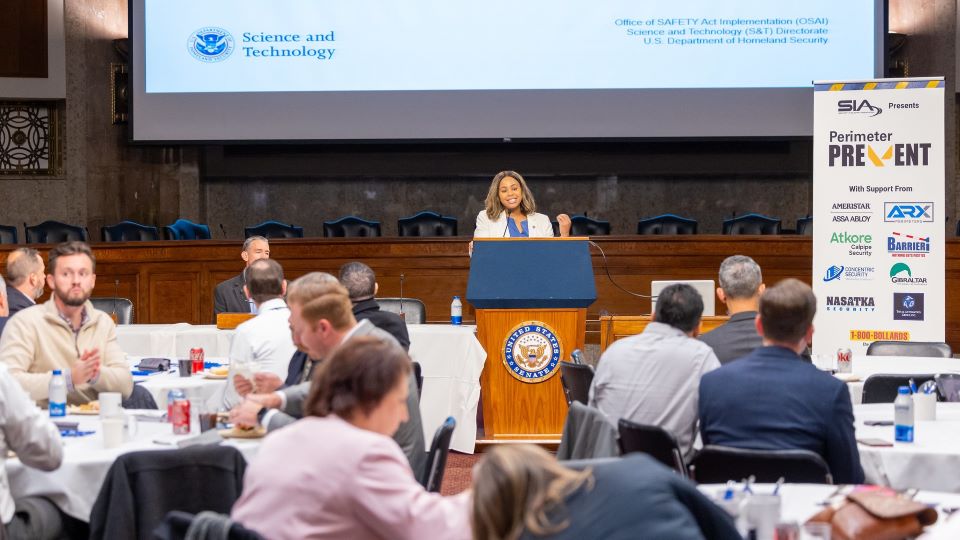
Next, experts Stuart Chambers, strategic services director at Fulcrum Corporation, and Amy Dunton, business development specialist, data centers at Ameristar Perimeter Security, presented on the role of perimeter security and standards in data center expansion and shared a needs forecast. The session highlighted the evolving challenges in data center security and the need for better comprehensive solutions, including:
- Access Control: Securing communication with the outside world is a big challenge for data centers. Some use two cable sets in substations, but access control must be more specific, especially with power companies wanting unnecessary access.
- Changing Industry: Data centers are growing quickly. Security needs to adjust to these changes, focusing on teaching and using adaptable security methods.
- Security Integration: Security is ignored during construction, leaving gaps in protection. Experts say security should be part of every step, including development and project management. Daytime security tests are common, but awareness and implementation gaps remain.
- Global Security Standards: Security standards differ worldwide. Overseas, they focus more on security details, but globally, there’s no unified approach, creating challenges for companies in different regions.
- Addressing Needs: Big companies have unmet needs. Smaller businesses and hyperscalers are offering tailored solutions. The challenge is connecting big companies’ needs with the right solutions.
- Data Center Growth: With rapid data center growth, more information means tighter security. Big companies focus on secure internal spaces. Hyperscalers are building their facilities, emphasizing internal security.
- Access Control and Colocation Spaces: Security in shared spaces is worrisome. Some places lack safety measures, highlighting the need for better standards and awareness among providers and users. “In colocation spaces, security can be lax if not everyone takes it seriously,” said Chambers. “Smaller enterprises and hyperscalers are changing the dynamics, emphasizing security.”
- Integration of Security During Deployment: Security should be planned from the start. Construction project managers need to be asking right security questions for complete protection.
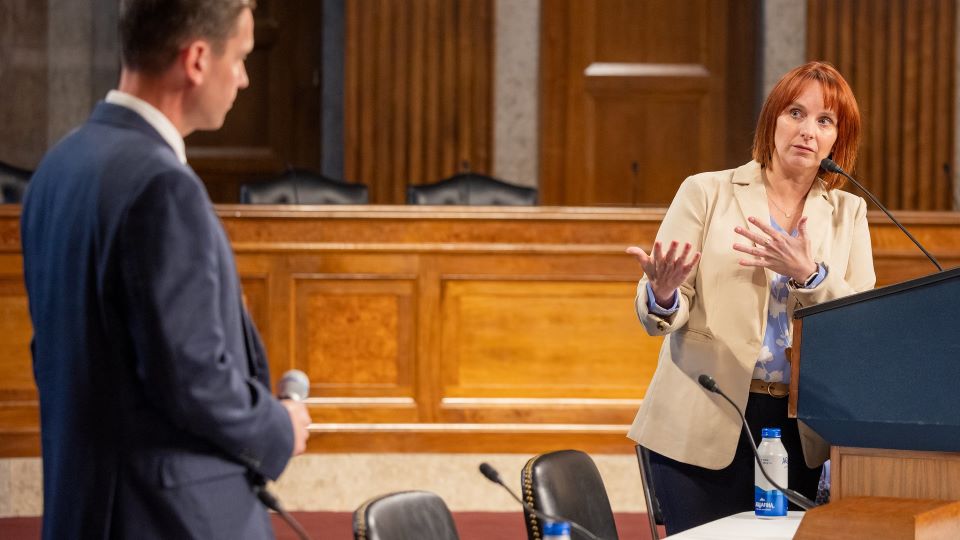
“The audience was given ample evidence that current guidelines on current vulnerabilities need updating, and it was suggested that SIA be part of the discussions and recommended solutions by providing a framework for review and implementation of best practices and guidelines going forward,” said Reiter.
The day’s sessions concluded with an interactive roundtable discussion on the future of perimeter security, including evolving risks, technologies and solutions, featuring insights from Reiter and an interactive discussion with SIA members, sponsors and attendees. The conversation revolved around establishing a standard for temporary barriers, contemplating whether to align with ASTM’s 2565 standard or initiate a new framework under SIA, and the value of expediency and developing a best practices guideline for a swift completion. The discussion then shifted to the importance of data center standards and how the issue of the physical security of information centers is continuing to grow. Participants encouraged industry engagement on addressing these concerns, including involving the attorney responsible for the SAFETY Act’s development as a key stakeholder in these efforts. The session also explored policy priorities, including securing funding from Congress for applicable programs and addressing legislative aspects concerning the use of drones and counter-drone tools.
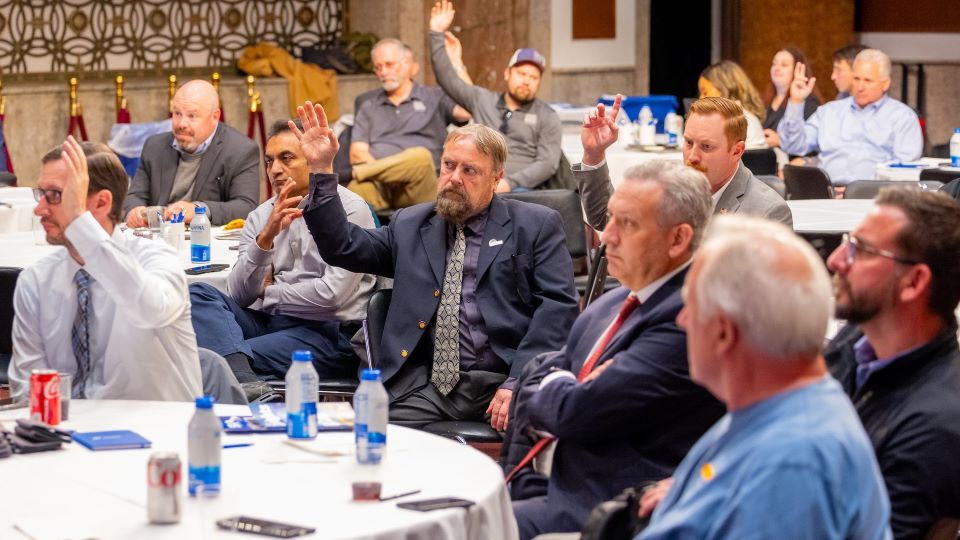
View SIA’s full photo gallery from the event here.
“Gibraltar has been attending and sponsoring SIA’s D.C. event on perimeter security for many years now. Perimeter PREVENT was a great event that brought stakeholders from government and private sectors to talk about and discuss the evolving threats and challenges in keeping their facilities and sites secure,” said Joseph Hauss, president of Gibraltar Perimeter Security. “As an innovator in anti-ram vehicle barriers and high-security fence systems in the United States, we want to be at the forefront of what is coming so we can effectively design our products to meet clients’ needs currently and in the future. Attending these sessions at Perimeter PREVENT equips us to do just that.”

Thanks to all who participated in this event, including our sponsors, speakers and attendees, for helping to make it a great success! We hope to see you at another SIA event soon.
SIA’s Perimeter Security Subcommittee will hold a subcommittee meeting at ISC West 2024. Want to get involved in SIA’s standards and technology efforts? SIA’s standards and technology committees, working groups and advisory boards contribute expertise to SIA initiatives in artificial intelligence, audio and intelligent communications, cybersecurity, proptech, perimeter security and more. Providing your knowledge and leadership on a SIA committee can help shape the future of the security industry! If you are interested in learning more about volunteer opportunities with SIA Standards & Technology, please reach out to Cameron Walker-Miller, SIA director of standards and technology, at cmiller@securityindustry.org.
